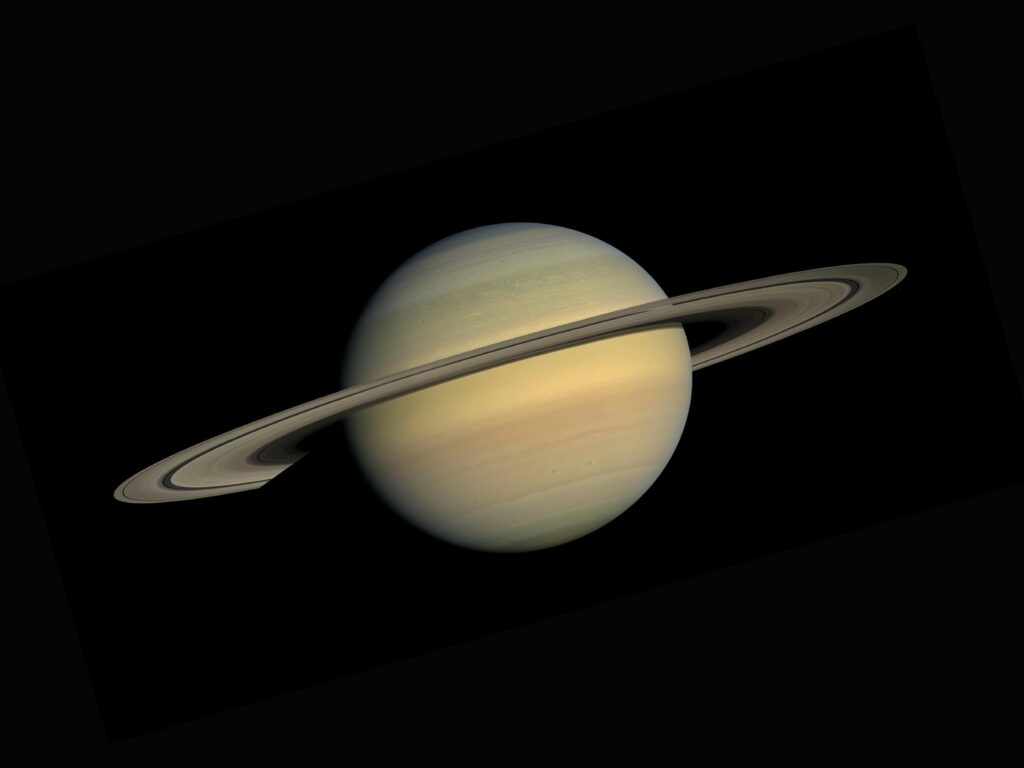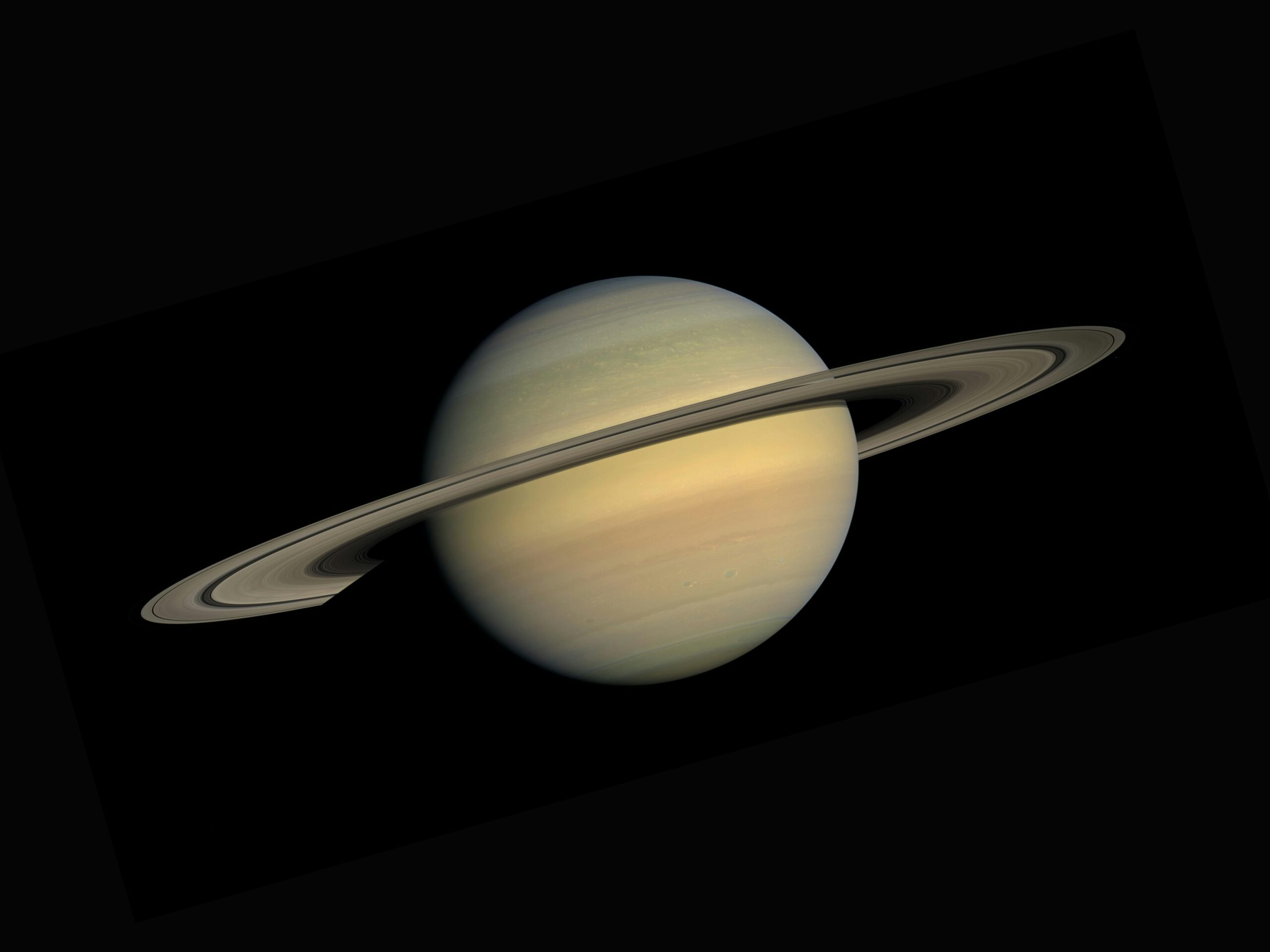Exploring the Planets of Our Solar System: A Journey Through Space

Introduction to the Planets
The word planet comes from the Greek word planets, meaning “wanderer.” In our solar system, a planet is defined as a celestial body that orbits the Sun, is spherical in shape due to its gravity, and has cleared its orbit of other debris. There are eight recognized planets in our solar system, each unique in composition, size, and atmosphere. From the scorching surface of Mercury to the icy winds of Neptune, these celestial objects offer a fascinating glimpse into the mechanics and mysteries of our cosmic neighborhood.
The Inner Planets: The Rocky Worlds
The inner solar system consists of four terrestrial planets: Mercury, Venus, Earth, and Mars. These planets are characterized by solid, rocky surfaces and are located relatively close to the Sun.
Mercury: The Swift Planet
Closest to the Sun, Mercury is a small, cratered world similar in appearance to our Moon. With no atmosphere to trap heat, temperatures on Mercury swing from 800°F (430°C) during the day to -290°F (-180°C) at night. Its orbital period is just 88 Earth days, making it the fastest orbiting planet.
Venus: Earth’s Mysterious Twin
Often called Earth’s sister planet due to its similar size and composition, Venus is the hottest planet in the solar system, with surface temperatures exceeding 900°F (475°C). Its thick atmosphere, composed mostly of carbon dioxide, creates a powerful greenhouse effect.
Earth: Our Home Planet
Earth is the only planet known to support life. With a balanced atmosphere, liquid water, and a magnetic field, it offers the perfect conditions for a diverse range of ecosystems. Earth also has a natural satellite — the Moon, which influences tides and stabilizes the planet’s rotation.
Mars: The Red Planet
Mars, the fourth planet from the Sun, is a cold desert world with a thin atmosphere. Its surface is marked by volcanoes, canyons, and dry riverbeds. Mars is home to Olympus Mons, the tallest volcano in the solar system, and is a primary target in the search for extraterrestrial life.

The Outer Planets: The Gas and Ice Giants
Beyond the asteroid belt lie the outer planets: Jupiter, Saturn, Uranus, and Neptune. These are massive, mostly gaseous worlds with numerous moons and rings.
Jupiter: The Giant of the Solar System
Jupiter is the largest planet in our solar system, with a diameter over 11 times that of Earth. Composed primarily of hydrogen and helium, Jupiter is known for its Great Red Spot, a storm larger than Earth that has been raging for centuries. The planet has over 90 known moons, including Ganymede, the largest moon in the solar system.
Saturn: The Ringed Beauty
Saturn is famous for its stunning ring system, made of ice and rock particles. Like Jupiter, it is a gas giant and has numerous moons, including Titan, which has a thick atmosphere and lakes of liquid methane. Saturn is the second-largest planet and is known for its low density — it would float in water if a large enough ocean existed!
Uranus: The Tilted Planet
Uranus is unique due to its extreme axial tilt — it essentially rolls around the Sun on its side. It has a pale blue-green color, caused by methane in its atmosphere, and features faint rings. Uranus is classified as an ice giant, composed mostly of water, ammonia, and methane ices.
Neptune: The Windy Blue Giant
The eighth and farthest planet from the Sun, Neptune is known for its deep blue hue and supersonic winds — the fastest recorded in the solar system. It is slightly smaller than Uranus but more massive. Neptune’s moon, Triton, is notable for its retrograde orbit, suggesting it was a captured object.
Dwarf Planets: Beyond the Eight
Not all objects orbiting the Sun meet the criteria to be full-fledged planets. Dwarf planets, such as Pluto, Eris, Haumea, and Makemake, are spherical and orbit the Sun but haven’t cleared their orbital zones of other debris.
Pluto: The Demoted Planet
Once considered the ninth planet, Pluto was reclassified as a dwarf planet in 2006 by the International Astronomical Union. Despite its small size, Pluto has five known moons, including Charon, which is so large it forms a binary system with Pluto.
Moons, Rings, and Other Planetary Features
Planets are not alone in their orbits. Most have moons, and some boast rings and magnetospheres. These features help scientists understand planetary evolution and composition.
-
Moons: Natural satellites vary widely, from our Moon to Europa (Jupiter), which may harbor an underground ocean.
-
Rings: Saturn has the most prominent ring system, but Jupiter, Uranus, and Neptune also have faint rings.
-
Magnetic Fields: Earth, Jupiter, and other planets have powerful magnetic fields generated by molten cores or internal movements.

Exoplanets: Worlds Beyond Our Solar System
Thanks to advanced telescopes like Kepler and James Webb, astronomers have discovered thousands of exoplanets — planets orbiting other stars. These range from rocky Earth-like planets to gas giants many times the size of Jupiter. Some lie in the habitable zone, where conditions might allow liquid water to exist.
Conclusion: Why Studying Planets Matters
Understanding planets not only helps us comprehend our own world but also sheds light on the origins of the solar system, the potential for life elsewhere, and the future of space exploration. Whether we look to the red deserts of Mars or the frozen depths of Neptune, each planet tells a part of the story of our universe.

